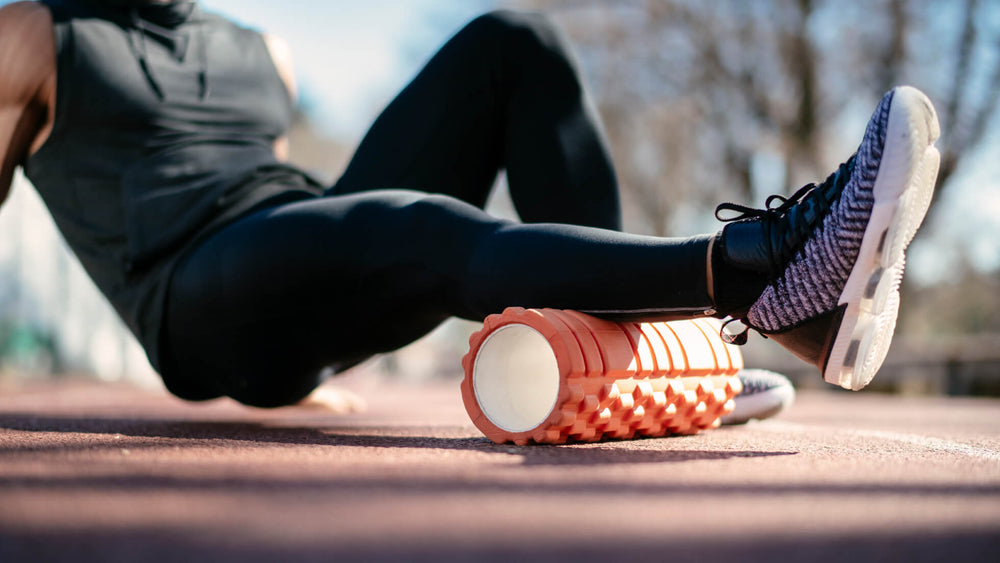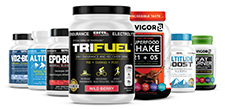Sunscreen vs. UPF Clothing: Your High-Altitude Sun Protection Strategy

Whether you're bagging peaks, ripping down ski slopes, or tackling high-altitude trails, the sun is a powerful, ever-present force that can cause burns at best and cancer at worst. At higher elevations, the atmosphere is thinner, meaning less UV radiation is filtered out. For every 1,000 meters (about 3,300 feet) you ascend, UV levels increase by approximately 10–12%. Add in reflective surfaces like snow and ice, which can bounce up to 80% of UV rays back at you, and you've got a recipe disaster (if you’re unprepared). So, how do you best protect yourself? It often comes down to a choice between traditional sunscreen and specialized UPF clothing. Let’s break down the pros and cons of each.
The Case for Sunscreen: Your Customizable Shield
Sunscreen has long been the go-to for sun protection, and for good reason. It’s versatile, readily available, and offers broad-spectrum coverage.
Pros of Sunscreen:
- Complete Coverage: You can apply sunscreen to any exposed skin, regardless of clothing coverage. This is crucial for areas like your face, ears, neck, and hands, which are typically left exposed even with long-sleeved shirts.
- Adaptability:It’s easy to reapply to adjust to changing conditions. If you shed layers, you can quickly slather on more protection.
- Water Resistance: Many sunscreens are formulated to be water-resistant, making them suitable for sweaty activities or if you encounter unexpected moisture. This is especially important for endurance athletes who sweat a lot.
- Convenience for Minimalists: If you prefer to carry less gear, a single tube of sunscreen might seem simpler than packing multiple UPF garments. It’s also fairly easy to find solid sunscreen in mini tubes for portability.
Cons of Sunscreen:
- Reapplication is Key (and Often Forgotten): Sunscreen isn't a "one-and-done" solution. It needs to be reapplied every two hours, or more frequently if you're sweating heavily or in contact with water. This can be challenging on a long trek or ride when you’re focused on the task at hand.
- Application Quality: Missed spots are common. It's easy to forget areas like the tops of your ears, the back of your neck, or even patches on your arms and legs.
- Greasy Feel & Eye Irritation: Some sunscreens can feel heavy or greasy, which can be uncomfortable, especially when sweating. If it drips into your eyes, it can cause stinging and irritation.
- Environmental Concerns:Chemical sunscreens can have environmental impacts, particularly in sensitive ecosystems. Mineral sunscreens (zinc oxide, titanium dioxide) are often preferred for their eco-friendliness, but can leave a white cast — not necessarily a big deal in the wilderness, but you may care if you’re going into town.
- Expiration & Storage: Sunscreen has an expiration date, and its effectiveness can degrade if exposed to extreme temperatures.
The Allure of UPF Clothing: A Physical Barrier
UPF clothing offers a more permanent form of sun protection, woven directly into the fabric. It's becoming increasingly popular for its consistent protection.
Pros of UPF Clothing:
- Consistent, Reliable Protection: Once it's on, it's on. UPF clothing provides a constant level of protection (e.g., UPF 30, 50+) without needing reapplication. You don't have to worry about missed spots or sweat-induced degradation.
- Comfort & Breathability: Modern UPF fabrics are designed to be lightweight, breathable, and often moisture-wicking, making them comfortable even in warm conditions. Many feel cooler than bare skin in direct sun because they prevent direct solar radiation.
- No Chemicals, No Mess: For those with sensitive skin or environmental concerns, UPF clothing is an excellent chemical-free alternative. There's no greasy residue, no white cast, and no stinging eyes.
- Durability: A good quality UPF garment will maintain its protective qualities for its lifespan, even after multiple washes.
Cons of UPF Clothing:
- Limited Coverage:UPF clothing only protects the skin it covers. Exposed areas (face, neck, hands, etc.) still require sunscreen or other accessories like hats, buffs, and gloves.
- Heat Management: While many fabrics are breathable, wearing long sleeves and pants in very hot conditions might feel too warm for some, especially if the clothing isn't specifically designed for ventilation or if it’s humid out.
- Cost: UPF apparel can be more expensive than conventional clothing, though it's an investment in long-term sun protection.
- Fashion & Style: While designs are improving, some may find the aesthetic of full-coverage UPF clothing less appealing for casual wear compared to regular clothes.
The Optimal High-Altitude Strategy: A Combined Approach
For high-altitude adventures, relying solely on one method is often insufficient. The most effective strategy is almost always a combination of both.
- Cover Up: Prioritize UPF clothing for your core, arms, and legs. Think long-sleeved shirts, hiking pants, and wide-brimmed hats. Aim for UPF 30 or higher for reliable protection.
- Sunscreen for Exposed Skin: Use a broad-spectrum, high-SPF (30+) sunscreen for your face, ears, neck, hands, and any other skin not covered by clothing. Don't forget your lips – a good SPF lip balm is essential.
- Accessories: Sunglasses with 100% UV protection are non-negotiable to protect your eyes from intense glare and UV radiation. Bandanas or neck gaiters can offer extra protection for your neck and lower face.
Ultimately, both sunscreen and UPF clothing are invaluable tools in your high-altitude sun protection arsenal. Understanding their respective strengths and weaknesses allows you to create a comprehensive defense, ensuring you can enjoy the stunning mountain environment safely, without worrying about the burn. Be smart, and stay covered!
Take the next step in your training regimen: Try any BRL Sports supplement risk-free! If our natural nutritional products aren’t the best you’ve ever used, simply return your purchase for a 100% refund — no questions asked!
Also in Inspiration & Perspiration

High Altitude Supplements: Complete Guide to Training & Prevention (Altitude Sickness Solutions)
Support endurance and reduce altitude stress with supplements that improve oxygen efficiency, stamina, and recovery in high-altitude conditions.

Best Supplements For Runners: Complete Guide By Training Phase (Base, Peak, Taper & Race Day)
Discover the best supplements for runners by training phase—base, peak, taper, and race day—to boost endurance, recovery, and performance.

Creatine for Endurance vs. Sprint Efforts
Creatine isn’t just for power—learn how it boosts sprint speed, recovery, and endurance performance.



